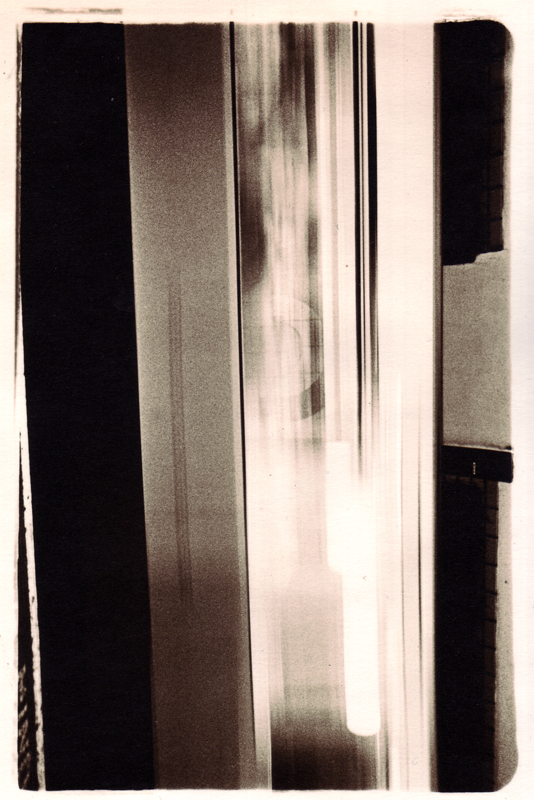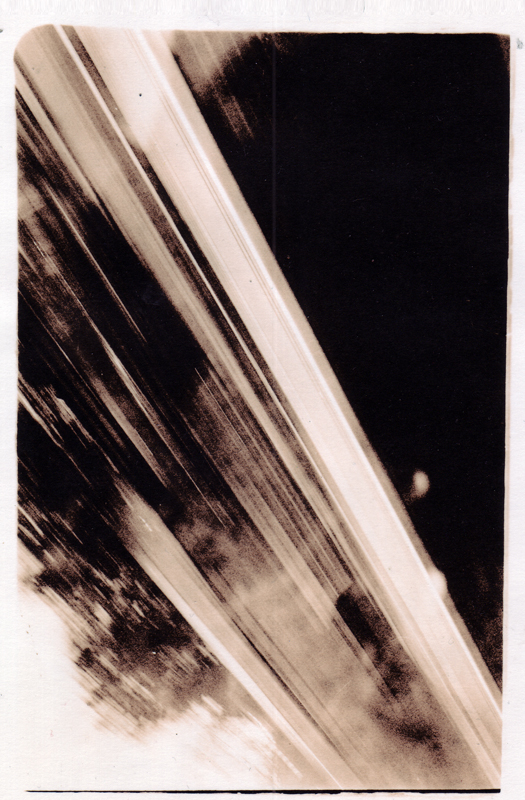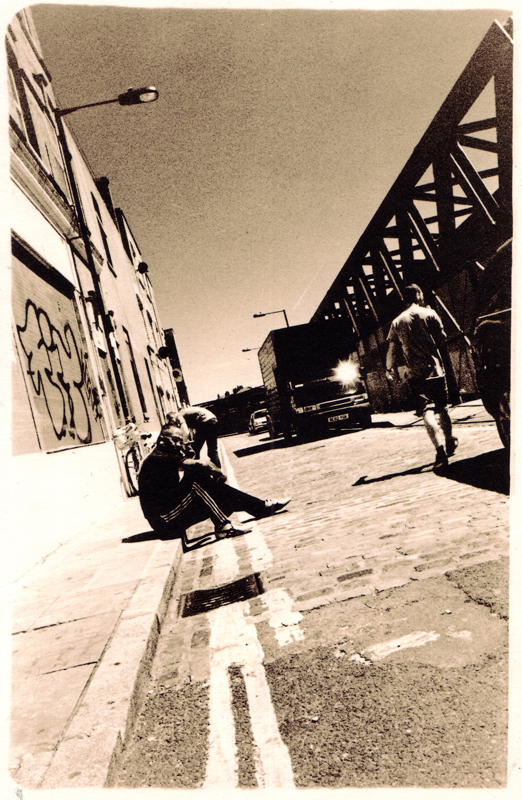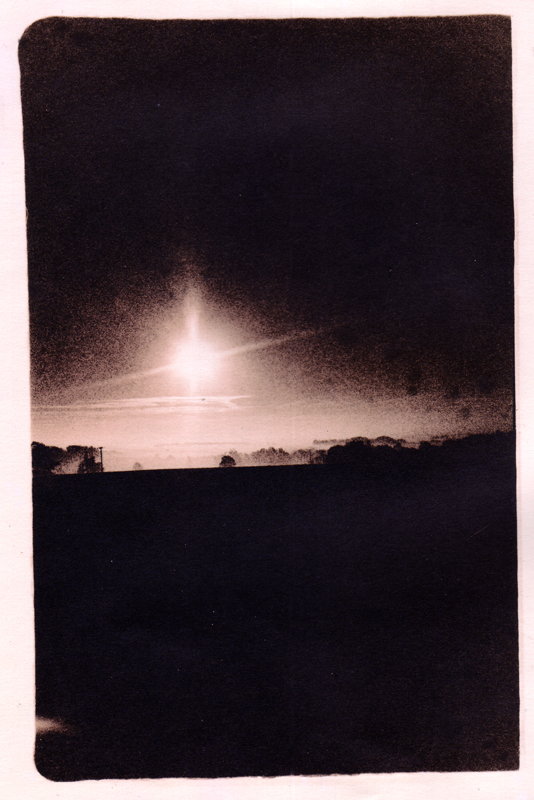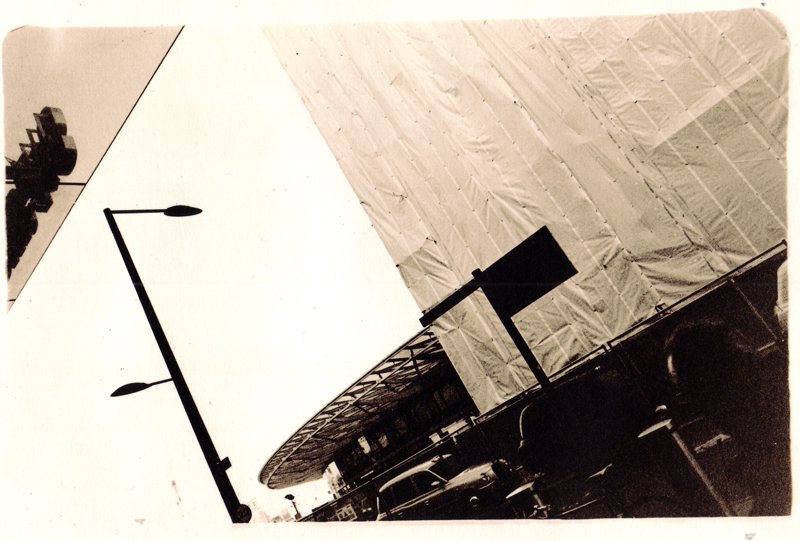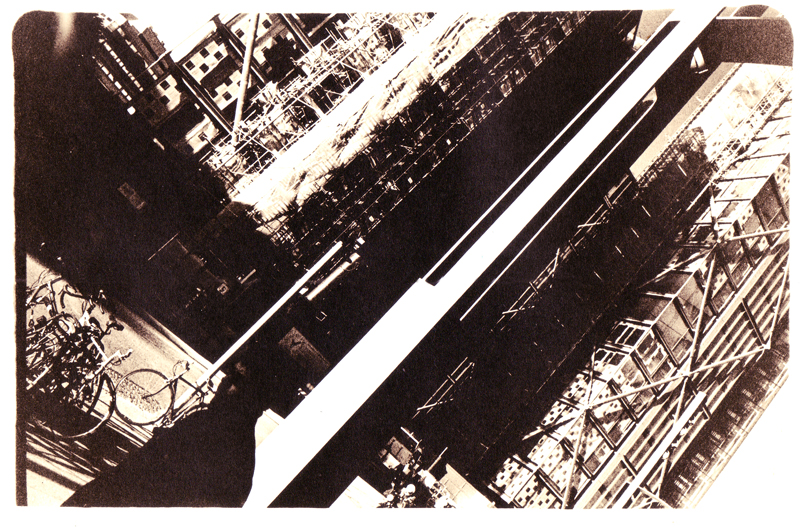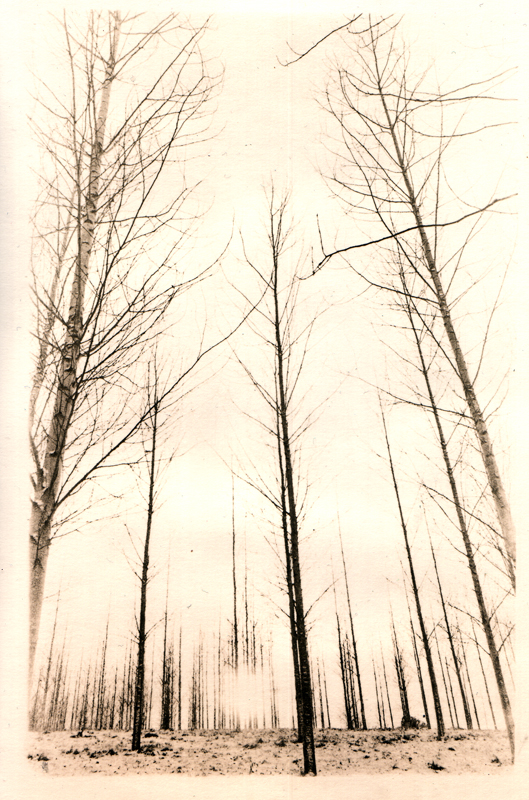Compositions created from the edge of shadows using a 25 red filter on 28mm elmarit using neopan 400 and tri-x 400 film.
Developed in pyrocat hd-1+1+250 @ 20’c for between 40 mins and 52 mins stand processed, minimal agitation.
Lith printed.
———————————————— – – – – – – – – – — – – – – – – – – – – – – – – – –
The 25 red filter accentuates the difference between shadow and light, basically it creates a high contrast effect, this allows the shadow lines within a composition to become much more prominent and the idea is that they form a structure within, to create a kind of geometric composition not out of physical structure in the view/scene but out of light and how that light falls.
Pyrocat hd is a two part stainer chemical that attaches a stain to the silver grain in the film emulsion in relative amounts during the development of film.. essentially it helps to retain detail in high lights. With high contrast you get a lot of area that becomes extended high lights so more chance that areas of the image will be blown, and detail-less. Pyro seems to help balance that, at least a little bit.
Lith printing in it’s nature is a process that creates an image where you will get cool toned, very grainy blacks alongside warm toned, fine grained high lights. The process itself creates an image that separates visually and chemically the development of the shadows and high lights.
I felt that by shooting images with the 25 filter to emphasize the shadow lines as compositional structures, then printing the images as lith prints, that would further separate the tonality and grain structure, shadows are cool and coarse grained whilst high lights are warm and fine grained, I would get an effect where the images would represent at once a deconstruction of space and a reconstruction through process. 




